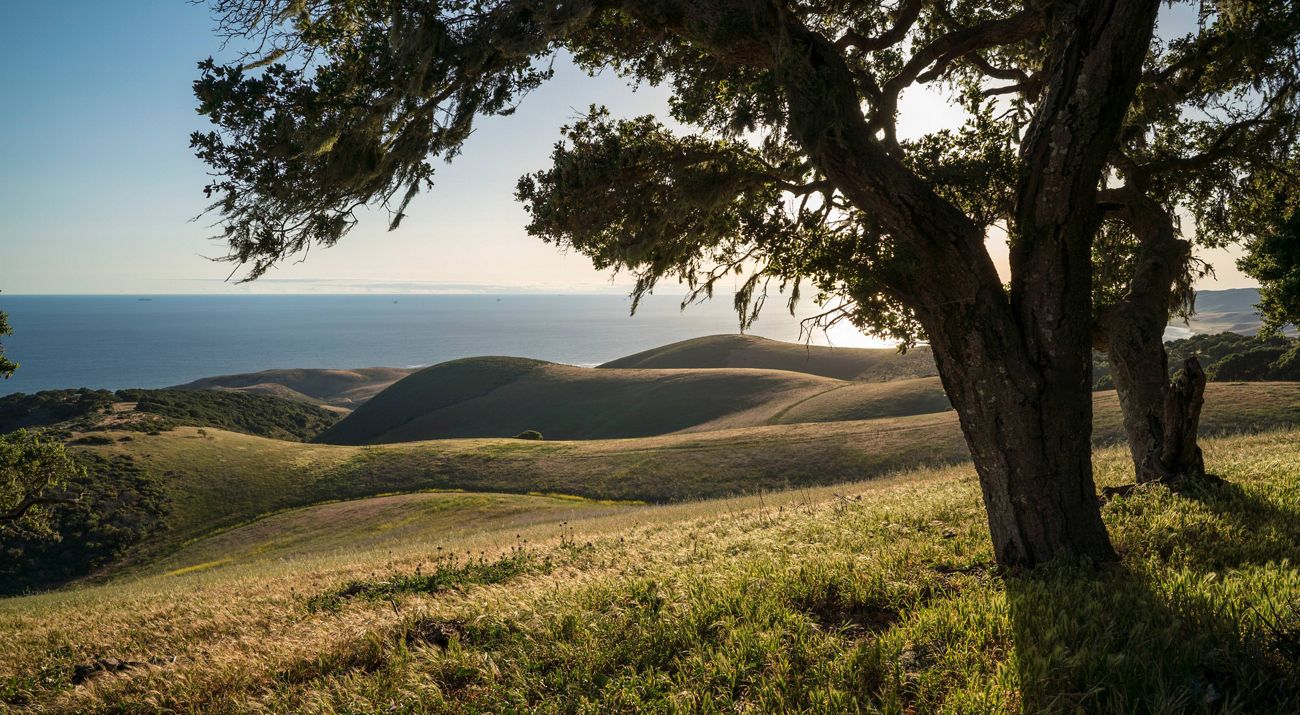
The Crown of the Coast
A landmark deal protects one of the last perfect places on California’s shore.
Winter 2018
Steve Junak sits in the back seat of the Toyota 4Runner, his eyes trained on the green-gold blur of central California vegetation like a gambler glued to a slot machine. What’s just grass to most people are sedges and rushes and ryes to Junak. Those sedges might be round fruit sedge or split awn sedge. Some of them he can distinguish from a distance. Others he might have to hold in his hand and squint at.
It’s not easy to stump a man who spent 37 years as the herbarium curator at the Santa Barbara Botanic Garden—even out here on The Nature Conservancy’s new Jack and Laura Dangermond Preserve, which boasts some of the highest numbers of rare species in the region. “Is Isocoma on your list?” Junak asks his companion, Laura Riege, the preserve’s restoration manager, who is scanning a checklist of plants in a binder on her lap. “We just passed a bunch of Isocoma, coast goldenbush.”

“Sure is,” says Riege, as the vehicle pulls off to the side of the dirt road, high up on a ridge overlooking the Pacific.
“And here’s Encelia, too,” Junak says, hopping out of the vehicle and pointing out the yellow blooms of bush sunflower. “This is a gold mine.”
Junak takes a full census of the botanical jackpot they’ve discovered on this June morning: morning glories to the left, coffeeberries to the right and monkey flowers straight ahead. Riege and Junak record the GPS coordinates of native plants that will provide seed stock for some upcoming coastal prairie and oak woodland restoration projects on this 24,364-acre preserve, which TNC acquired in December 2017.
The purchase was made possible by a $165 million gift—the largest single philanthropic gift in TNC's history—from Jack and Laura Dangermond. It marked the first step toward safeguarding this iconic property at Point Conception, Southern California’s “elbow” where the coast bends northward to San Francisco. The Conservancy had tried, and failed, to purchase the property in the past. It was one of the last large, privately owned and still-undeveloped coastal tracts in Southern California, making it a rarity amid one of the country’s most expensive real estate markets.
The Jack and Laura Dangermond Preserve
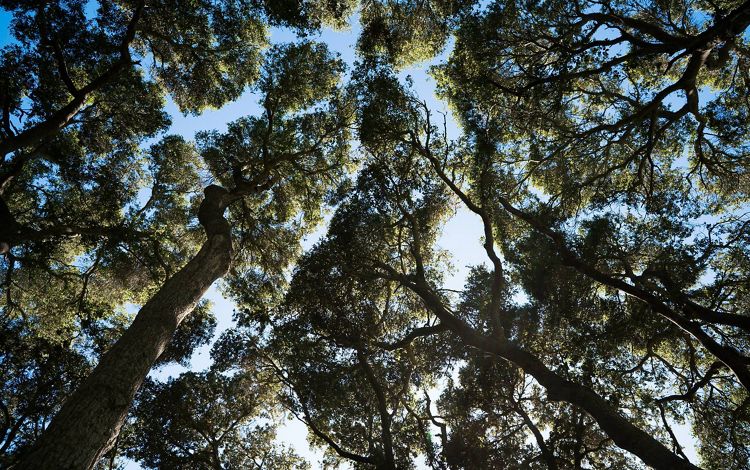
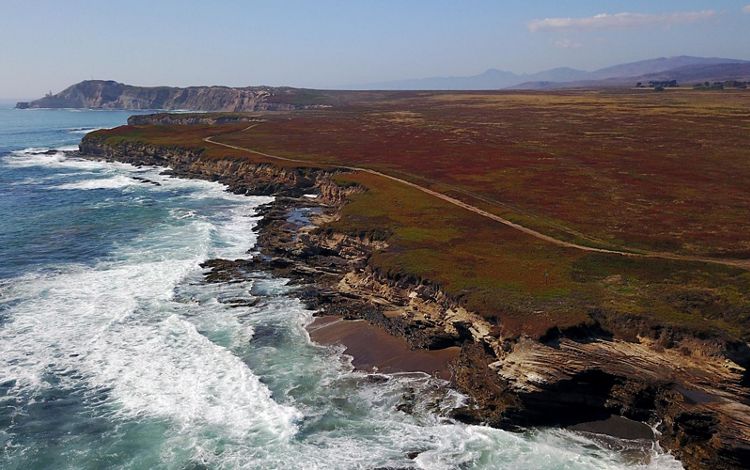
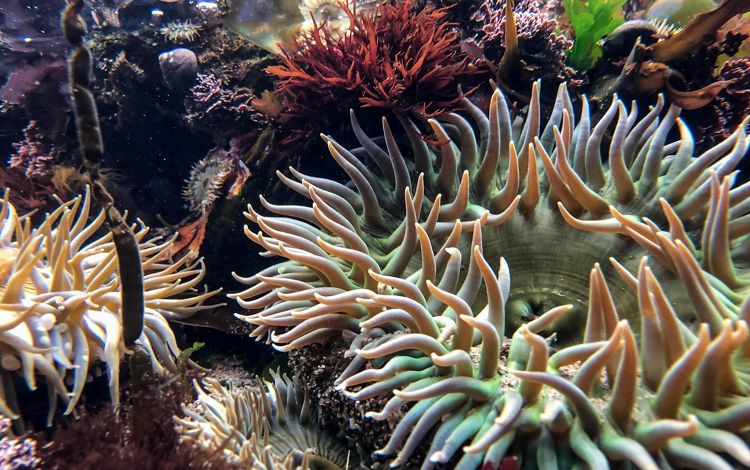
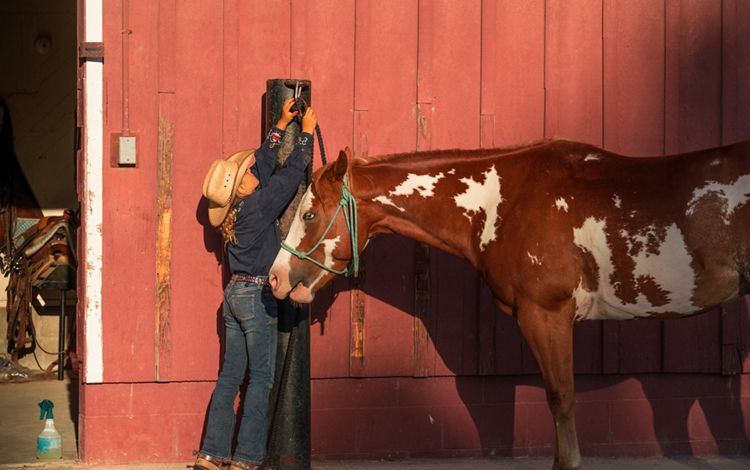
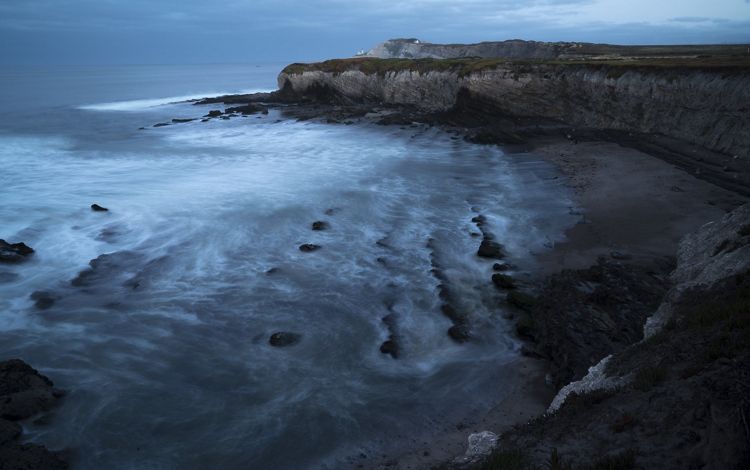
The landscape around the biologists looks like a crumpled bedspread, a labyrinth of coastal sage scrub ridges and oak-filled valleys that span from the mountains to the crumbling bluffs and breaking waves. The folds of this ecological fabric are home to five different major ecosystem types, whose range has shrunk dramatically across California during the last half-century because of development. The species list for the preserve so far includes some 662 plants and animals, 13 of which are threatened or endangered.
That’s just on land. The waters off Point Conception are, in addition to being a legendary surf spot accessible only by boat, a state marine reserve with thriving gorgonian corals, elephant seals, gray whales and dense kelp forests that draw in sea otters.
The preserve is also a living piece of California history. Formerly known as the Bixby Ranch, parts of it will continue to house a working cattle operation as it has for the last century, and the preserve will provide protection to sacred sites of the Chumash people who lived here for centuries prior.
The process of fulfilling this vision of stewardship has only just begun. Turning a 19th-century ranch into a TNC preserve is a little like buying an old mansion and giving it a gut renovation. It looks great from a distance, but there’s a lot of work to be done on the inside. Plans must be drawn up, permits applied for, contractors hired, seeds collected. And even though the property looks very natural and intact, there are areas that need to be restored: damaged wetlands, habitat for endangered plants and animals, and sensitive dune habitat infested by non-native species. Landscape assessments, like the one being conducted by Junak and Riege, are also showing preserve managers which areas harbor invasive species ripe for removal.
“Creating a preserve of this magnitude is complex, and the work can only begin once you’re handed the keys,” says Michael Bell, director of the Dangermond preserve for TNC. Besides the land assessments, there are the couple dozen buildings strewn across the property in various conditions. Turning them into usable facilities is a matter of finding out which lights turn on and where the plumbing still works.
On a broader scale, TNC and Jack and Laura Dangermond share a vision that includes making the preserve a living laboratory that will draw researchers and students from nearby University of California, Santa Barbara and other universities. With the help of the Dangermonds, the owners of the geographic software company Esri, the vision is for this place to become one of the world’s most studied preserves, outfitted with environmental sensors to better understand the impact of climate change on the region’s natural resources.
Even in a state with dozens of TNC preserves and projects, the scale of the Dangermond preserve and its role in the cultural and biological landscape mean that it will be managed in a new way. The first objective is to preserve it, then determine how access can be managed to advance conservation, science and education. The Dangermond preserve will be managed and studied in a way to guide future conservation efforts around the state. “We don’t want it to be just a nature preserve,” says Mike Sweeney, the executive director for TNC in California. “We want it to be much more than that.”
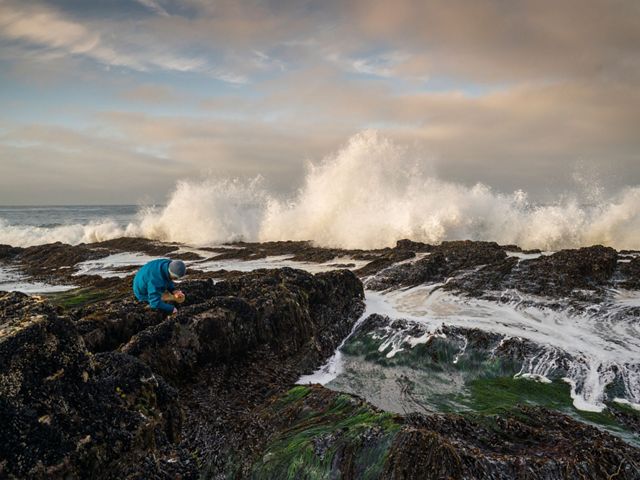
Just a few years ago, the future of the property—California’s “last perfect place,” as the Los Angeles Times described it—was far from certain. This remote ranch had remained largely undeveloped for a century, an idyllic reminder of California’s past, and most locals assumed it would always stay that way. But a turbulent real estate market put it all at risk.
The Bixby family first arrived in California from Maine amid the Gold Rush of the 1850s. They bought huge swaths of land in Los Angeles County and Orange County for ranching and farming. Then, in 1912, Fred Bixby purchased the 9,000-acre Cojo Ranch in Santa Barbara County, uniting it with the 16,000-acre Jalama Ranch 27 years later.
Bixby Ranch stayed relatively unchanged over the years, though change was all around it. During World War II, the U.S. government acquired about 86,000 acres to the north to create an Army training base, which would later become Vandenberg Air Force Base.
For decades, Hollywood stars and business tycoons have been buying up huge areas around Santa Barbara—often called the “American Riviera,” with its gorgeous vistas, mild temperatures and perfect weather year-round. Oprah Winfrey spent nearly $29 million on a horse farm three years ago, and Ellen DeGeneres bought the house right next door a few months later.
Back in 2006, amid the real estate bubble, the Bixbys put their ranch up for sale. The Conservancy scrambled to piece together the funds to buy it and turn it into a preserve. “We made a valiant effort but didn’t come close,” Bell says. Unbeknownst to TNC, Jack and Laura Dangermond were also tracking the fate of the property, concerned about its conservation. “I think for both parties, it was the one that got away,” says Bell.
An investment firm based in Boston snatched up the ranch, and locals and conservationists got worried.
For about a decade, the community watched as signs began to spring up of potential development on the ranch. Eight miles of some of the most magnificent coastline in California is prime real estate. But, says Bell, it also holds plenty of constraints to development: water scarcity, remoteness, local opposition to building and the strict regulatory environment of the California coastal zone.
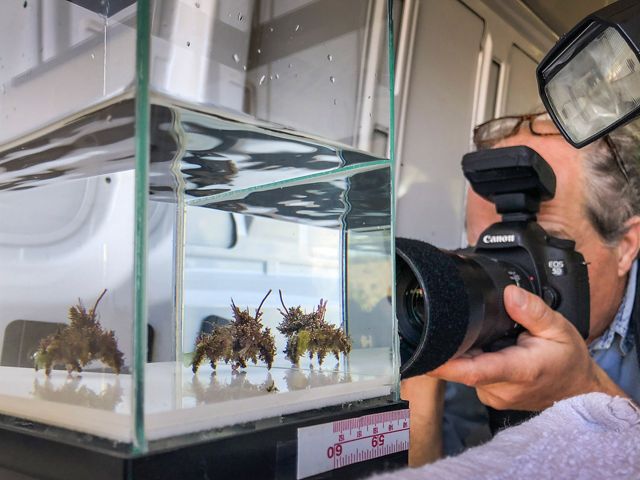
In 2016, Bell realized he might have an opportunity that conservationists rarely get; he might get a second chance.
There were signals that the new owners were potentially open to selling the property. The only problem was that TNC still needed the money to buy it—and fast. “We talked to some potential donors, but we couldn’t get traction,” he says. “It felt like déjà vu.”
Enter Jack and Laura Dangermond: Jack’s parents were Dutch immigrants who ran Dangermond’s Nursery in the city of Redlands, east of Los Angeles. After Jack pursued his graduate studies in landscape architecture in the late 1960s, he and his wife Laura founded Environmental Systems Research Institute, known as Esri. The technology company developed software that would become the most widely used scientific mapping program in the world. In 2016 he and Laura signed the Giving Pledge, vowing to donate more than half of their personal wealth toward philanthropic causes, particularly geographic education and land conservation.
The Dangermonds, who had spent part of their honeymoon in a pup tent on the coastline east of Bixby Ranch at Refugio State Beach, had been interested in investing in conservation in the region for a long time. After some initial discussions with TNC, they called with a proposal. Bell got the call from Jack, hoping that they’d be willing to make a donation toward acquiring the ranch. He didn’t realize they’d fund the whole thing.
“I dropped the phone,” Bell says.
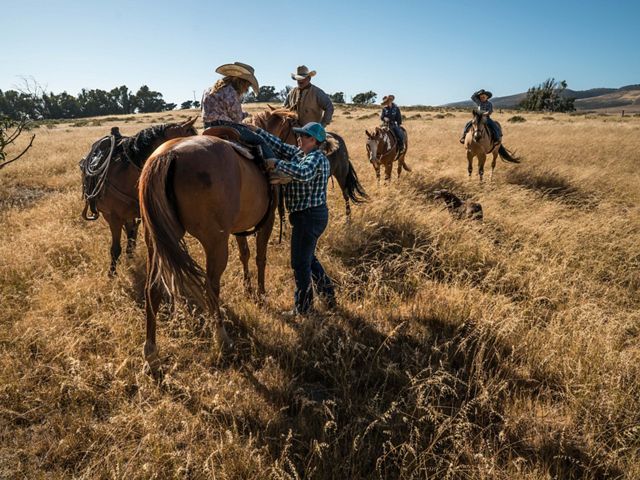
As TNC was finalizing the deal in December 2017, a brush fire began near the city of Santa Paula, about 100 miles east of the ranch. Strong, dry winds fanned the flames west toward Ventura and north into the Los Padres National Forest. Over the next month the Thomas Fire burned 281,893 acres of land, destroyed more than 1,000 structures and caused an estimated $2 billion in damage, becoming the largest wildfire in California’s history at that time.
For Bell and the Dangermonds, the disaster drove home the point that climate change was irrevocably altering the Golden State, and it was more critical than ever to understand how its ecosystems were being affected. With the Dangermond preserve, they realized they had an opportunity to establish a living laboratory on the closest thing to coastal wilderness in all of Southern California. “This place belongs to science,” Dangermond told Bell at the time.
The Dangermonds plan to work with TNC and use their company’s expertise to create a “digital twin” of the property to monitor and model how the landscape is affected by climate change.
Separately, TNC’s lead scientist for the preserve, Mark Reynolds, is working with researchers to use archival surveys and photographs to get a better understanding of how the ecology of the ranch has changed over the past 100 years. The property's connected natural systems and undisturbed habitats along the Southern California coast simply no longer exist anywhere else. “We want to steep ourselves in the history of this place,” Reynolds says.
But the preserve will also be about planning for the future. “Not only is it a biodiversity hot spot,” says Reynolds. “It’s also a place to think about how we adapt our conservation strategies as species redistribute themselves with climate change.”
Additionally, the way cattle are managed on the property will be studied and fine-tuned, adapted as a tool to manage native biodiversity. That knowledge could be applied across California’s grasslands.
Near the Point Conception lighthouse, Riege indicates the area where the organization plans to restore more than 300 acres of land now covered in ice plant, a succulent from South Africa that blocks out native species by forming dense mats on the dunes. It’s an ambitious effort—perhaps the largest ice plant eradication ever attempted—and will potentially require an army of volunteers to yank the stubborn plant from wetland areas.
“It’s going to be a big challenge,” Riege says. Volunteers also will be enlisted to collect acorns in order to replant 200 acres of oak woodlands. (There are already 3,000 oak seedlings growing at the ranch nursery.)
Over the next year, Junak and Riege will continue to catalog not only the preserve’s native plant species but also the invaders that need to be controlled.
Down by the shoreline, a TNC coastal ecologist has led similar surveys at low tide, recording the different types of kelp and the marine animals that cling to rocks and crevices in tidal pools. Other teams are surveying just how much life is supported by the preserve’s streams and wetlands.
A year since its purchase, all the work that needs to be done on the Dangermond preserve is keeping the TNC staff in California and their partners busy. But every visit to the property, with its miles of pristine coastline and mountains hiding in the shadow of more than 20 million people, leaves them breathless.
For TNC’s Mike Sweeney, who is based in San Francisco, there’s nothing like getting out of his car after the long drive south and taking in the Jack and Laura Dangermond Preserve. “When you go there, you pinch yourself,” he says. “It’s one of those places I can’t believe we managed to save.”
Get the Magazine
Sign up to become a member of The Nature Conservancy and you'll receive the quarterly print edition of the magazine as part of your membership.